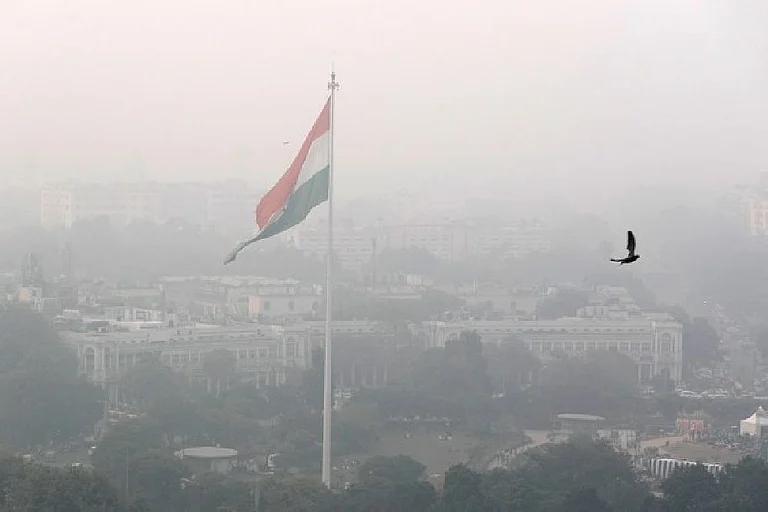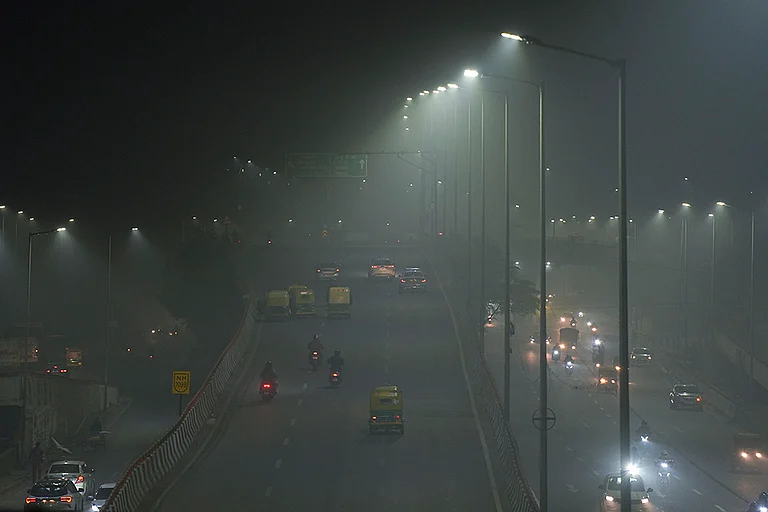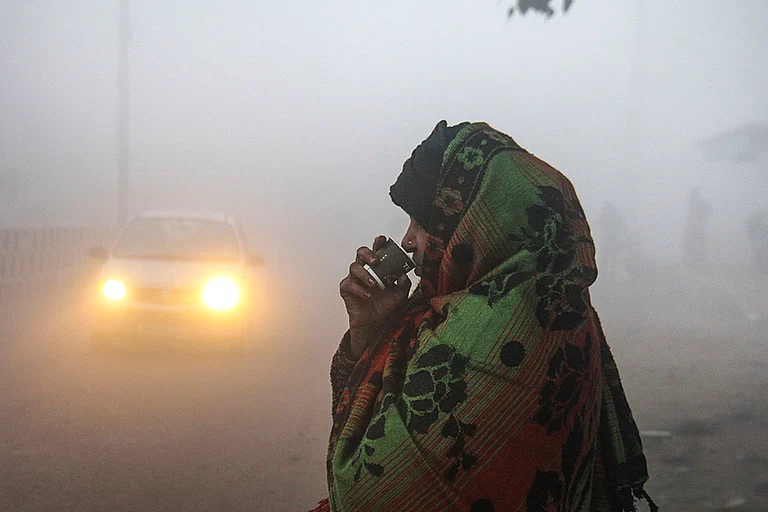
• La Niña delays western disturbances, causing dry spells in North India.
• Cold waves worsen, with frost and long 5–7 day spells.
• Dense fog and poor air quality (AQI >400) disrupt transport.
•Wheat and mustard yields may drop; heating demand rises.
Changes in Western Disturbances During La Niña
La Niña is expected to change the weather in North India during the winter of 2025-26. During a La Niña winter, there are usually fewer and weaker weather systems called western disturbances, which bring rain and help cool temperatures. This happens because of cooling in the Pacific Ocean, which makes the jet stream stronger and pushes away rain-carrying systems from India. As a result, North India will likely experience reduced precipitation and prolonged dry spells across northwestern plains.
North India weather during La Niña shows a delayed onset of western disturbances until late December or January, compared to normal November arrivals. The intensity and frequency of these systems decrease by 30-40%, leading to drier conditions and more stable atmospheric patterns that trap cold air masses over the region.
Drop in Temperature and Cold Wave Conditions
Cold waves in North India due to La Niña become more severe as clear skies allow rapid radiational cooling during nighttime hours. The La Niña impact on Delhi weather includes minimum temperatures dropping 2-4°C below normal, with frequent cold wave conditions when temperatures fall below 5°C for extended periods.
Punjab and Haryana face similar impacts, with frost formation becoming common in rural areas and affecting standing wheat crops during their vulnerable growth stages. The absence of cloud cover during La Niña winters creates ideal conditions for heat loss, leading to bone-chilling mornings and extended cold spells lasting 5-7 days.
Dense Fog and Poor Air Quality During La Niña Winters
Delhi weather during La Niña winters experiences dense fog episodes lasting longer due to stable atmospheric conditions and temperature inversions. The lack of wind mixing caused by weakened western disturbances allows pollutants to accumulate near ground level, creating hazardous air quality with AQI levels exceeding 400.
The La Niña 2025 weather forecast for India indicates visibility dropping below 50 meters during peak fog hours, disrupting air and rail transportation for days. The stagnant atmospheric conditions prevent pollutant dispersion, worsening respiratory conditions across urban centers.
Impact on Agriculture and Air Quality
The La Niña impact on the Indian climate severely affects Rabi crop irrigation as groundwater recharge remains insufficient due to reduced winter rainfall. Wheat and mustard yields may decline by 15-20% if farmers cannot access adequate irrigation facilities.
The temperature outlook for Delhi, Punjab, and Haryana suggests 40-50 cold wave days compared to the normal 20-25 days, requiring increased energy consumption for heating. Air quality conditions will remain very poor to severe throughout the winter months, necessitating health advisories and vehicle restrictions.
Forecasts for fog and air quality conditions warn that December and January will be the most affected, with daily AQI above 300 and visibility below 100 meters becoming routine across the Indo-Gangetic plains.





























